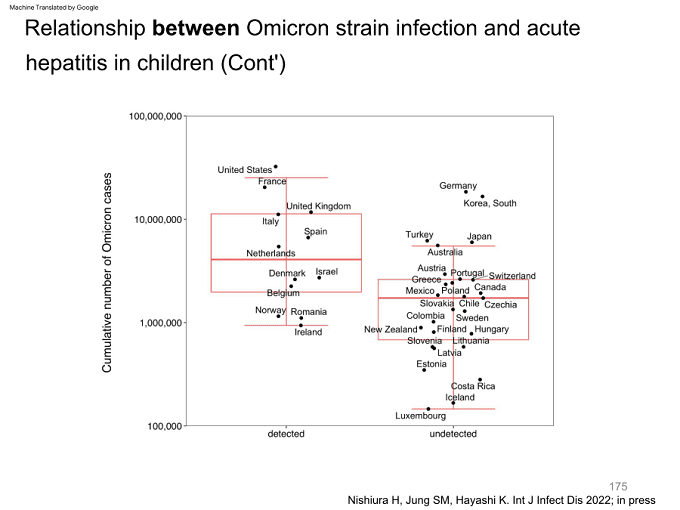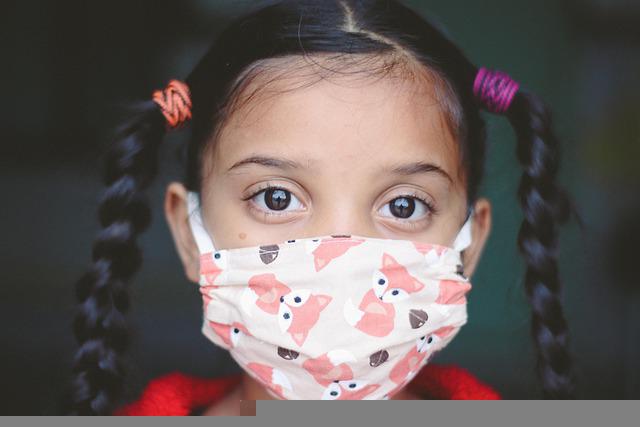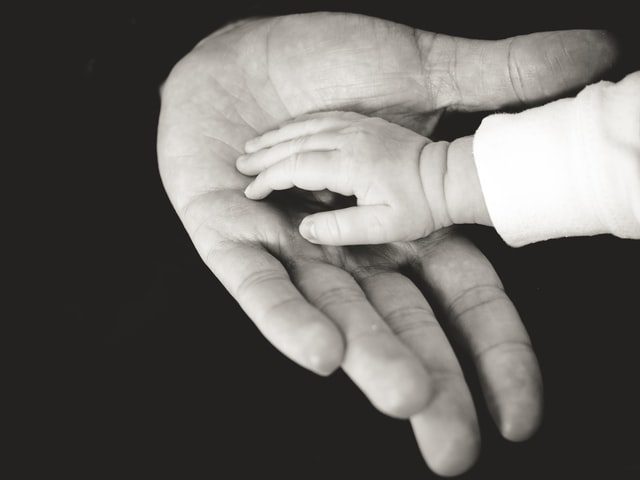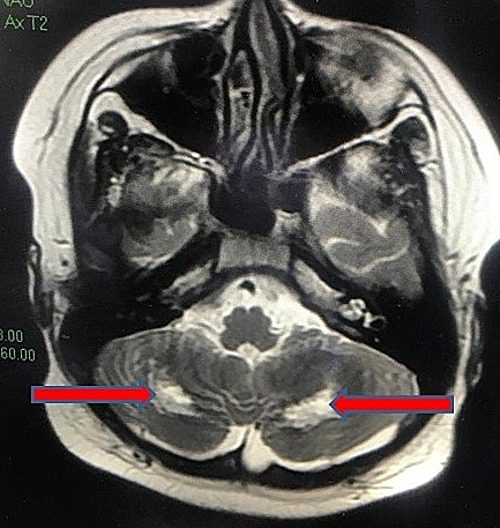
Japan: Ties between Omicron variant and severe hepatitis in children
Infection with the Omicron variant of COVID-19 may have a role in recent cases of severe acute hepatitis in children, according to new research presented at a health ministry panel meeting Wednesday 11th May 2022.
Kyoto University professor Hiroshi Nishiura told the ministry’s coronavirus advisory board that countries with a large number of omicron infections such as Britain and the United States were also found to report a relatively higher number of childhood hepatitis cases.
Prof. Nishiura basically did a correlation analysis between Omicron cases reported and mysterious hepatitis cases reported among OECD nations (plus Romania). (P174/175: https://t.co/LGnfQACXMw) pic.twitter.com/1ejLXSpBYE
— Sakaguchi Hitoshi (@nzm8qs) May 12, 2022
UPDATE 1 – 12th May 2022 – the relevant pages from Kyoto University professor Hiroshi Nishiura’s study relating to SARS_CoV-2 and hepatitis are translated and reproduced below:
000937656-173-175 ENG
Working hypothesis by UKHSA:
1. Abnormal susceptibility or host response to adenovirus frequent hepatitis due to normal adenovirus infection (b) Newly recognized complications due to the exceptionally large epidemic of adenovirus (c) Abnormalities to adenovirus due to priming, etc. induced by prior infection of SARS-CoV-2 Sensitivity or host reaction
2. A new adenovirus variant (with or without the above Cofactor)
3. One of the aftereffects of COVID-19 (including the case limited to Omicron strain),
4. Drugs, toxins, environmental exposure, 5. New pathogen (as a single or mixed infection)
Relationship between Omicron strain infection and acute hepatitis in children (Cont’)
174 Nishiura H, Jung SM, Hayashi K. Int J Infect Dis 2022; in press
[Purpose] To clarify the association between the high epidemiological burden of Omicron strains and severe hepatitis in children.
[Method] Study design: Ecological study (Analysis of Ecological correlation) Target: OECD member countries (38 countries) and Romania Observation data from 39 countries in total.
1) Cumulative number of infected persons with epidemiological strains (December 1, 2021 to April 27, 2022),
(2) Presence or absence of reports of severe pediatric hepatitis according to WHO’s Probable case definition (2022) Analysis: Comparison of distribution of cumulative number of infected Omicron strains by presence or absence of reports of severe childhood hepatitis ( Student t test or Welch ANOVA following F test) [Summary of results] Among 39 countries,
Childhood hepatitis has been reported in 12 countries (30.8%), and the cumulative number of patients with epidemiological strains in those countries is 4.4-11.9 x 106.
On the other hand, in the remaining 27 countries, the number was as low as 0.5-5.5 × 106, and the countries that reported childhood hepatitis tended to report a larger number of Omicron strain patients (p = 0.013; next page).
[Discussion] In countries where severe childhood hepatitis is reported, there is a tendency for many people to be infected with the Omicron strain. It suggests a relationship between the two, and requires the implementation of a Cofactor study.
It is an ecological study and is vulnerable to confounding. For example, control of contact (securing social distance and wearing indoor masks) can be confounding: countries with downgraded control are prone to adenovirus epidemics as well as COVID-19. Limitations: Only cumulative patient numbers across the population are used for comparison, not pediatric data. Further studies are essential to establish a causal link between new coronavirus infections and acute pediatric hepatitis .
However, considering the above, it is undeniable that infection with Omicron strain may be involved in the development process of severe hepatitis in children, and epidemic control of Omicron strain for prevention of acute hepatitis in children (for prevention of infection in children). It is desirable to carefully consider (not limited to the prevention of the epidemic itself).
UKHSA: Hepatitis in kids – revised hypotheses include new SARS-CoV-2 variant
Image by Xuan Duong from Pixabay






